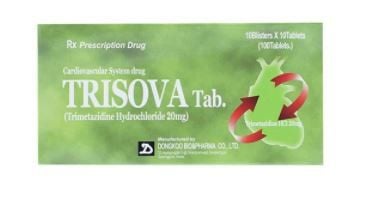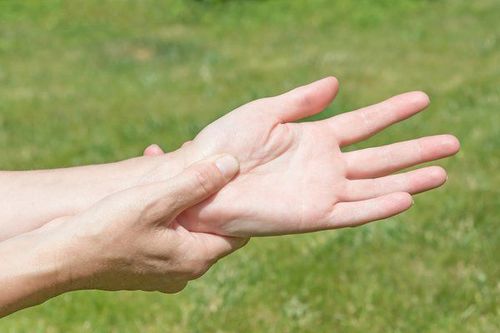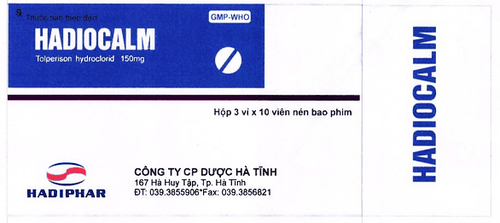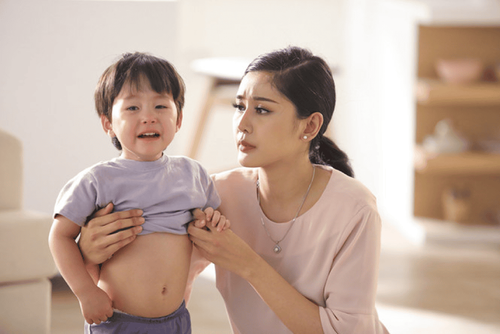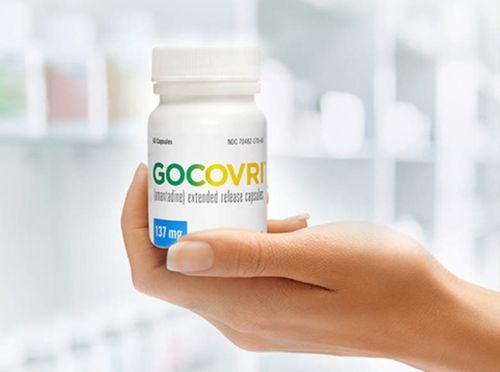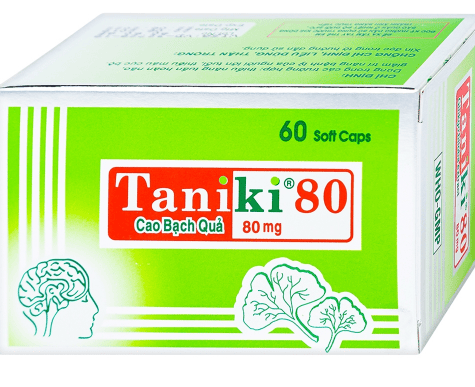This is an automatically translated article.
Movement disorder is a disease of the nervous system that causes muscle weakness or complete loss of control. If this disease is not treated in time, it will affect the psychological and life of the patient.1. What is a movement disorder?
Movement disorder is a form of involuntary movement, this is a disease of the nervous system. It is caused by damage to the brain in the motor control center of the body. Movement disorders cause the muscles of the body (tongue, lips, face, trunk, extremities, etc.) to decrease or completely lose control, making the patient difficult to function. This depends on the extent and location of the brain damage.
The following are common movement disorders:
Trauma to the spinal cord: Can lead to central paralysis, loss of sensation, sphincter disorders. Hemi-medullary damage: On the injured side, limb paralysis, loss of depth sensation; The opposite side will lose the shallower feeling. Damage to the cerebral hemispheres; Injury to the pons, medulla oblongata Injury to the anterior horn of the spinal cord Injury to the plexus, damage to the nerve roots: Injury to many nerves or to a single nerve.
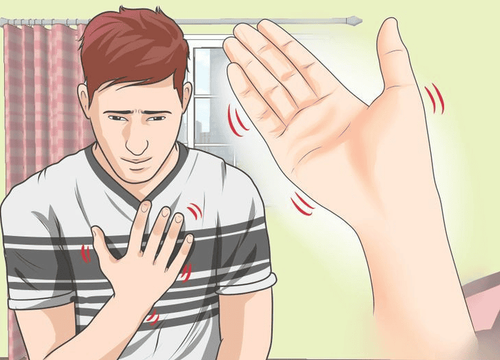
Rối loạn vận động là dạng vận động không chủ ý, đây là một bệnh lý thuộc hệ thần kinh
2. Causes and manifestations of movement disorders
2.1. Causes of movement disorders
The brain has the role of a central nervous system control center to direct all human activities. If an area of the brain is damaged, the function it controls is impaired or lost. Therefore, the main cause of movement disorders is brain damage. Specifically:
Brain stroke: Due to cerebral vascular occlusion or rupture of cerebral blood vessels causing lack of oxygen or compression leading to necrosis in the brain. Atherosclerosis, diabetes, and high blood pressure are the diseases that cause stroke. Brain injury: Traumatic brain injury caused by traffic accidents, labor accidents, strong head impacts... causing the skull to crack, twisting into the shaft.. causing nerve transmission breaks. Brain Tumor: Tumor can start in the brain or due to cancer in another part and metastasize to the brain, causing movement disorders for the patient. Parkinson's disease: Parkinson's causes symptoms of shaking hands, shaking legs, slow movements, difficulty keeping balance... making it difficult for patients to live. Other brain diseases: Encephalitis, meningitis, neurodegeneration...
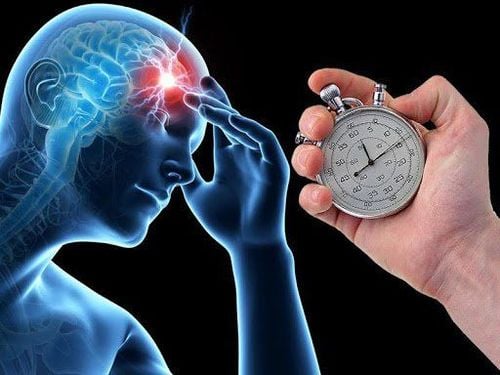
U não có thể khởi phát ở não hoặc do ung thư ở một bộ phận khác và di căn lên não gây rối loạn vận động
2.2. Manifestations of movement disorders
Hand and foot tremors: Symptoms of hand and foot tremors will range from mild and mild to strong and tremor in many body parts at once such as legs, neck, head,... even whole body tremors. body when the disease becomes severe. Spasticity of muscles: Muscles will be stiff even without activity. Stiffness - joint deformity: The shoulder and arm joints are tightly closed to the body, when moving above the head will be very painful. The ankle stretch feels like walking on tiptoes. Weakness of the half of the body: In this manifestation, the patient can walk, but it is very difficult and all body activities will face many obstacles. Hemiplegia: If he has hemiplegia, the patient almost completely loses the ability to move on one side of the body and needs the help of others. Sometimes accompanied by a language disorder. Generalized paralysis: This is the most severe movement disorder. The patient completely loses the ability to move, causing them to have negative emotions and thoughts. Without timely treatment and intervention by the rehabilitation method of movement disorders, the patient will gradually deteriorate in health and spirit.
3. Rehabilitation of movement disorders
To restore the function of movement disorders, doctors can:
Medical treatment: The doctor will consider the signs of the patient's health situation to prescribe the use of drugs. Some drugs can be used to treat movement disorders including: Cerebrolysin, nootropyl, ginkgo biloba... Surgical treatment: If necessary, surgery is required to depress the skull, remove the hematoma. , remove tumors, ... are the causes of movement disorders. Movement disorder rehabilitation exercise: Movement disorder rehabilitation exercise is most effective within 6 months of disease onset. The aim is to maintain good and correct posture to avoid stiffness and joint deformity, maintain muscle strength, and enable the patient to perform daily activities on their own. The minimum exercise time per week is 6 hours. Diet and reasonable living: Living time and nutrition play a very important role in the rehabilitation of movement disorders by adequate nutrition with 4 groups of substances: Protein: People with movement disorders avoid eating foods that contain high cholesterol. Vitamins: Vitamins are found in all foods, most of which are green vegetables and fruits. Each meal should have a green vegetable and fruit for dessert. Fat: Plant-based fats will help people with movement disorders reduce excess body fat, limit atherosclerosis and reduce the risk of a second disease recurrence.

Tập luyện phục hồi chức năng rối loạn vận động mang lại hiệu quả cao nhất trong vòng 6 tháng khi khởi phát bệnh
Note: Food should be in soft, liquid, pureed or chopped form for easy eating by sick people. Absolutely do not use hot spices, stimulants such as coffee, alcohol, tobacco,...; Limit patients to eat too much in the same meal, each serving should only use 4-5g of salt - equivalent to 1 teaspoon.
Vinmec International General Hospital with a system of modern facilities, medical equipment and a team of experts and doctors with many years of experience in medical examination and treatment, patients can rest assured to visit. examination and treatment of movement disorders at the hospital.
Please dial HOTLINE for more information or register for an appointment HERE. Download MyVinmec app to make appointments faster and to manage your bookings easily.
MORE
Movement disorders in children: What to know Common movement disorders Hand tremors in young people and how to treat them




